In our eyes, the best grazing tables include a selection of the finest cheeses. A fun fact before we start. Did you know that in France, a cheese plate is traditionally served after dinner but before dessert? It is usually a small portion served with a fresh salad with a light vinaigrette. This could be a great way to structure a sit-down meal, as it saves guests filling up on cheese before their entrée and main course (unless of course you want to fill up on cheese!).
The world of cheese is BIG! It can be difficult to know which varieties to choose, what combinations work well and the best items to serve it with. To help you put together your own cheese feast, here are a few of our top tips:
How many types?
When selecting cheeses, we recommend having a variety of three but no more than six types of cheese, it just gets confusing and the smells and tastes collide.
The perfect combo?
The general rule is:
• A hard cheese: An Aged Cheddar, Gruyère, Manchego, Parmigiano Reggiano, Comté
• A soft cheese: Brie, Camembert, Triple Cream Brie
• A blue cheese: Roquefort, Gorgonzola, Stilton
We often find that the blue variety is the least popular while the soft and creamy is the most popular. This is where you can be clever about portions – you could potentially have two soft and creamy options or select a small wedge of blue.
If you wanted to add some more varieties, we would recommend:
• Chèvre – goat’s cheese. These are often made into logs or pyramids. The ashed or herbed ones have interesting flavours.
• Washed Rind – e.g. Taleggio
• Ricotta cheese – when it’s a premium quality ricotta, it’s delicious! You can incorporate savoury or sweet elements to add flavour, such as chilli, parsley & garlic or honey, toasted hazelnuts & cacao nibs
• Burrata – a combination of mozzarella and cream
• Smoked cheese – e.g. Provolone
• A salty, crumbly cheese – e.g. feta cheese
Country of origin?
French is delicious but not always best. We consider food miles but also the effort and quality that our local cheesemakers put into their craft. Support the local guys! We are big fans of That’s Amore, Meredith Dairy, Yarra Valley Dairy, Berry’s Creek and Gippsland Cheese Company just to name a few.
Serving suggestions?
When thinking about options for serving the cheese, we believe that neutrality is really important – you don’t want to spend a fortune on your amazing cheeses to then have a flavoured cracker overpower the flavour of the cheese. We suggest a fresh and crusty baguette with plain, crunchy bite-size crackers for the perfect cheesy mouthful.
Other additions to the cheese board can be fresh and dried fruit, fruit pastes, nuts and other sweet items which all go beautifully with any variety of cheese and can also help bring out the flavour or provide a delicious contrast.
We recommend:
• Sliced pear and apple
• Dried muscatel grapes, dried apricots
• Almonds, walnuts and other nuts – best when toasted for extra crunch.
• Fruit pastes such as quince paste. You can also use some more ‘savoury’ style jams such as a marmalade or a fruit chutney – these go particularly well with cheddar.
• Honey
If you wanted to break the French rule and serve the cheese before dinner, we would also add more savoury items like:
• Olives
• Oven dried tomatoes
• Fresh basil leaves
• Cured meats and salami – e.g. Prosciutto, jamón, sopressa salami
• Chilli jam or paste
Assembling the platter?
Although the trend at the moment is to have crowded feasting tables with every surface covered, we find that for cheese, it’s best to let the cheeses have space so guests can easily slice their cheese and add their accompaniments.
Keep the whole cheeses whole – a wheel of cheese is so spectacular! We love to use a huge 3kg as the focal point of a cheese feast! It also allows guests to appreciate the craftsmanship and branding of the cheese.
Remember to serve your cheese at the correct temperature – typically room temperature. Take all your cheeses out of the fridge at least an hour before serving, noting that the soft cheeses can need more than an hour to get all gooey and lovely.
We also love to display our cheese with cards to tell our guests:
• The name of the cheese
• The location of where it was made
• The type of milk – cow’s, goat’s, sheep/ewe’s, buffalo
Now it’s time to enjoy!
Ms Zebra Says: I simply love the idea of a cheese spread! These are great tips to help decide which cheeses to include and quantities!
About Cookes Food: From award-winning catering, exclusive venues, styling and staff, we’ve perfected the art of the perfect wedding celebration! This is the biggest day of your life, enjoy the moments and let us take care of the rest.


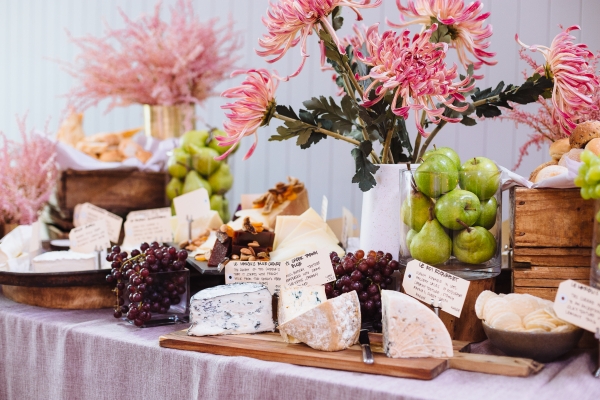
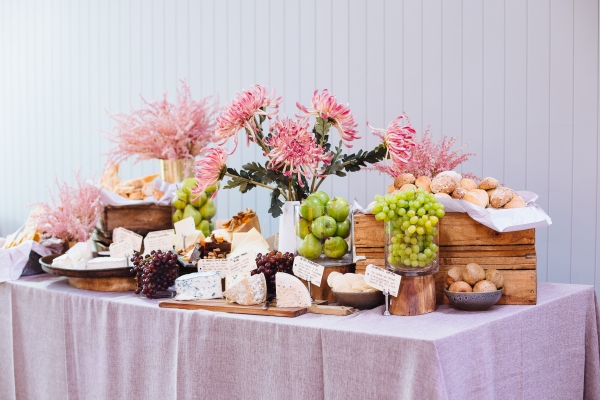
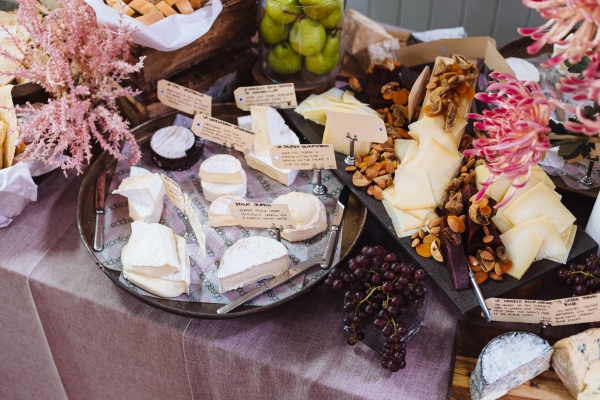
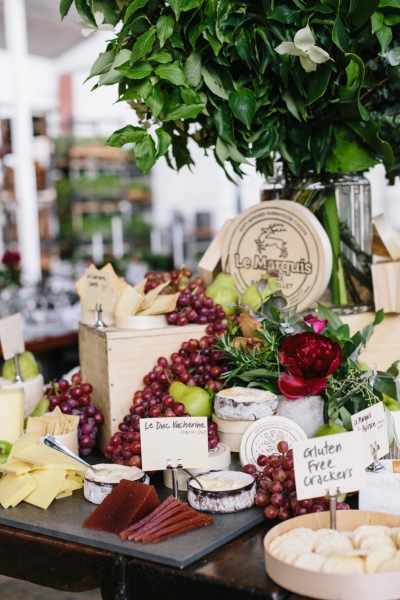
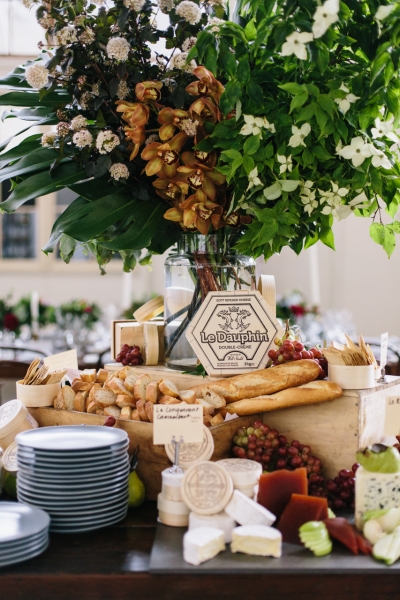
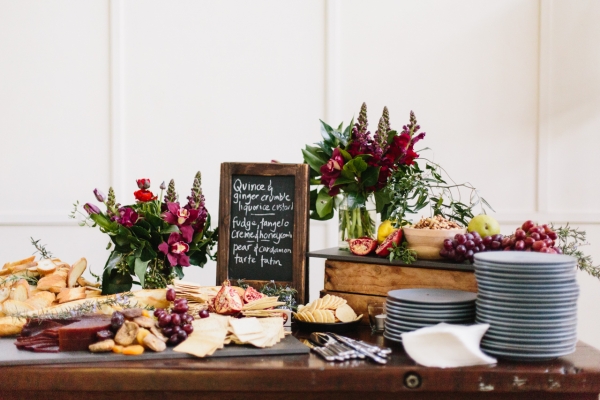
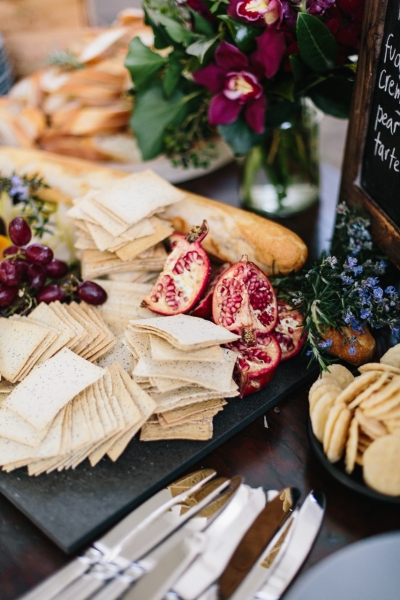
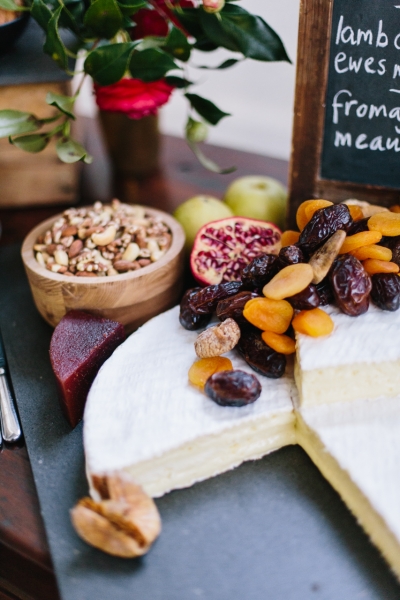
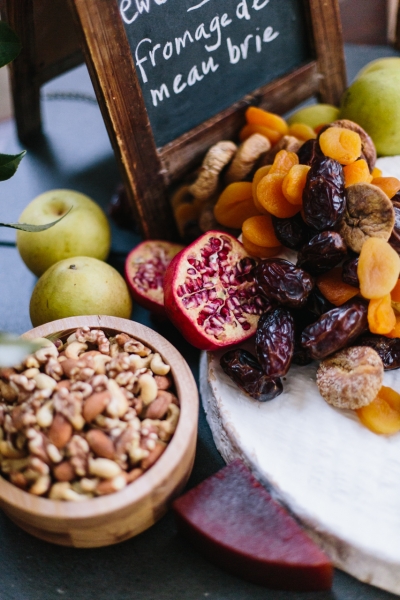
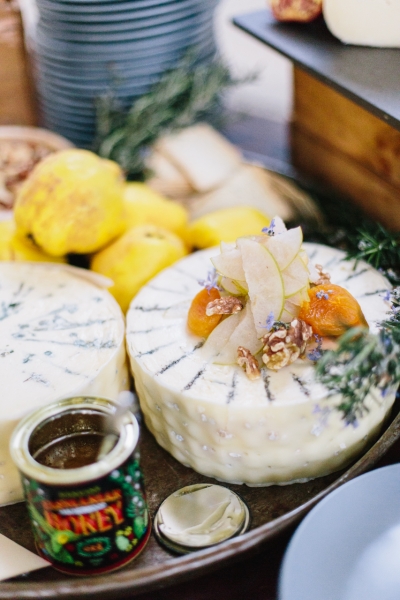








Join the conversation